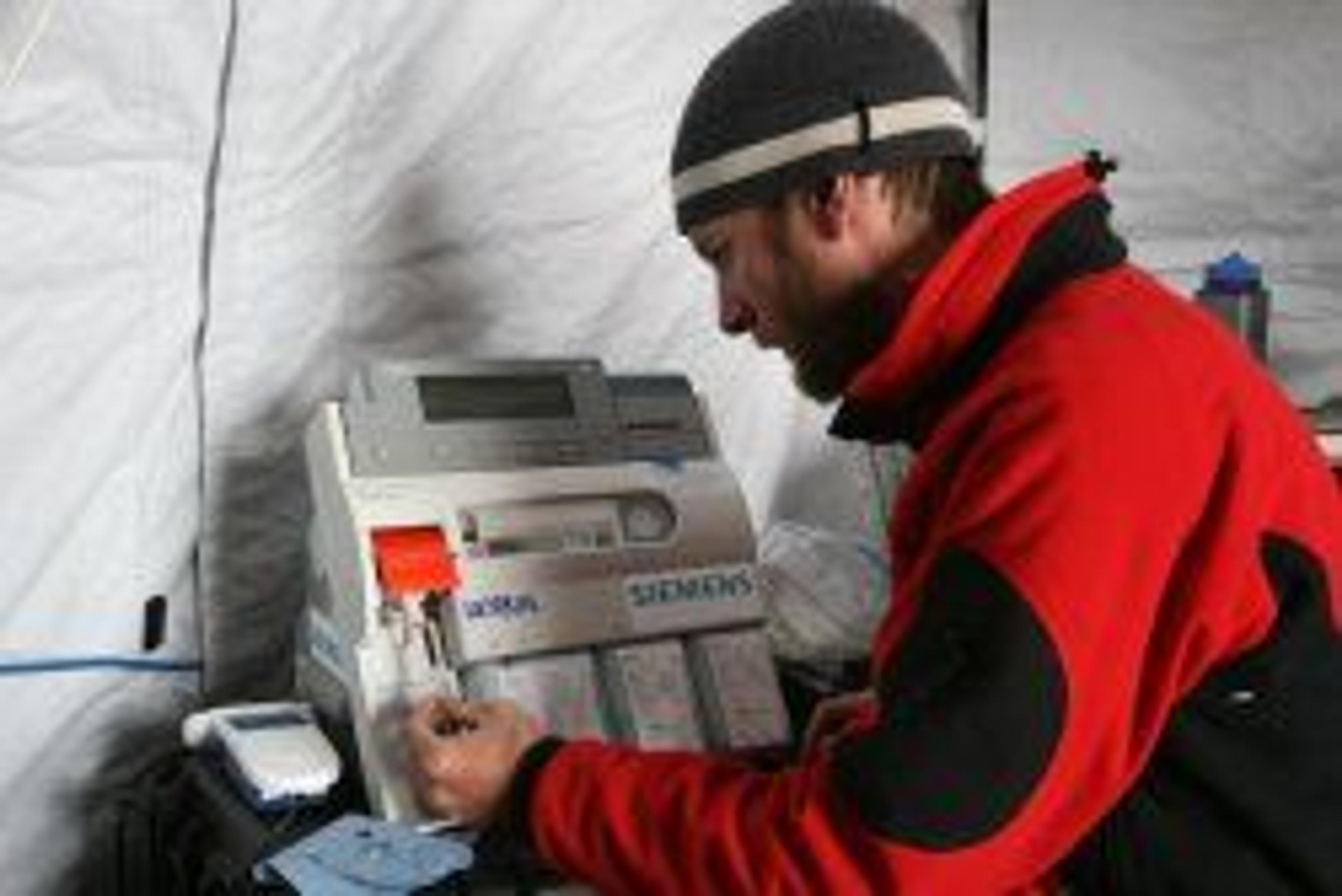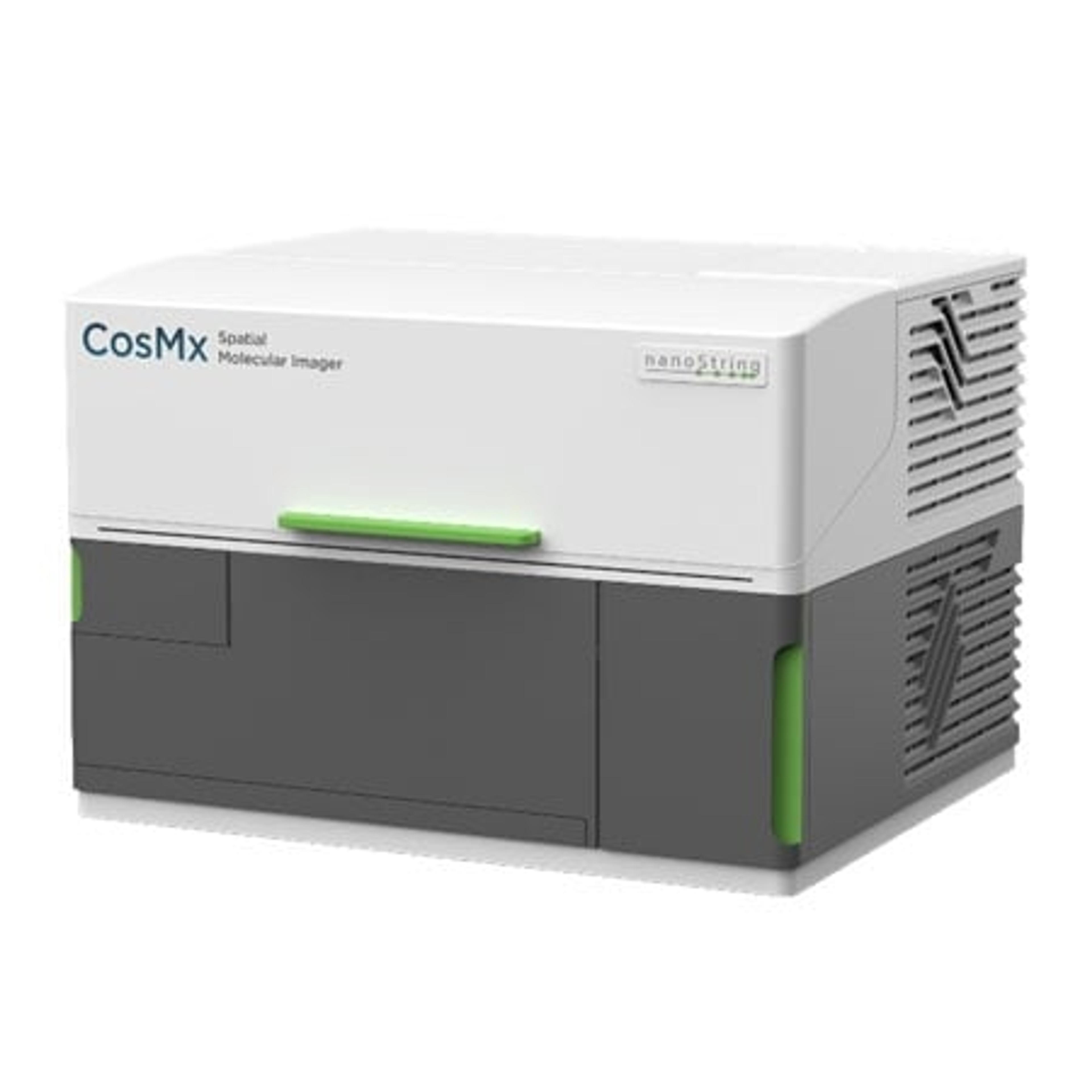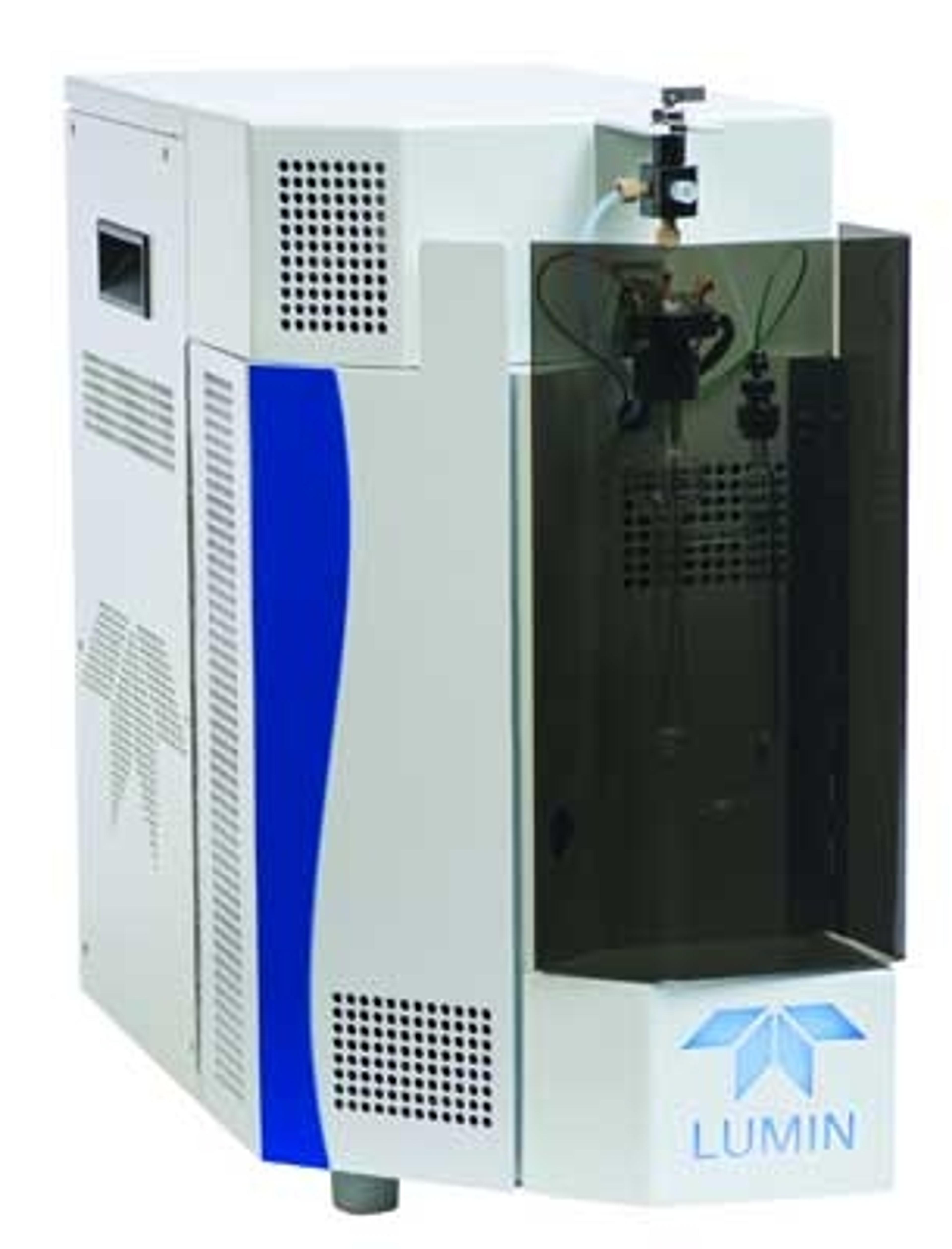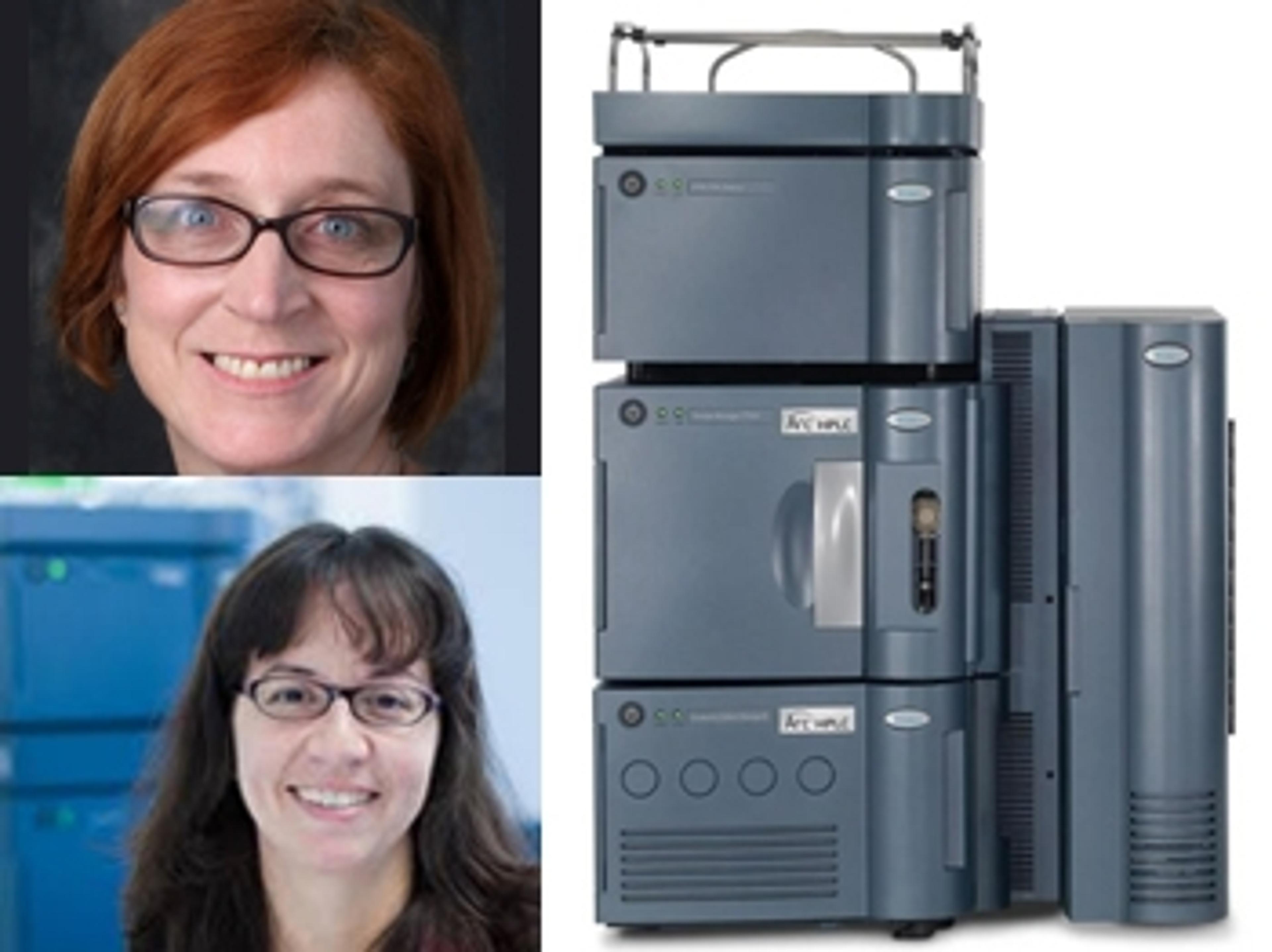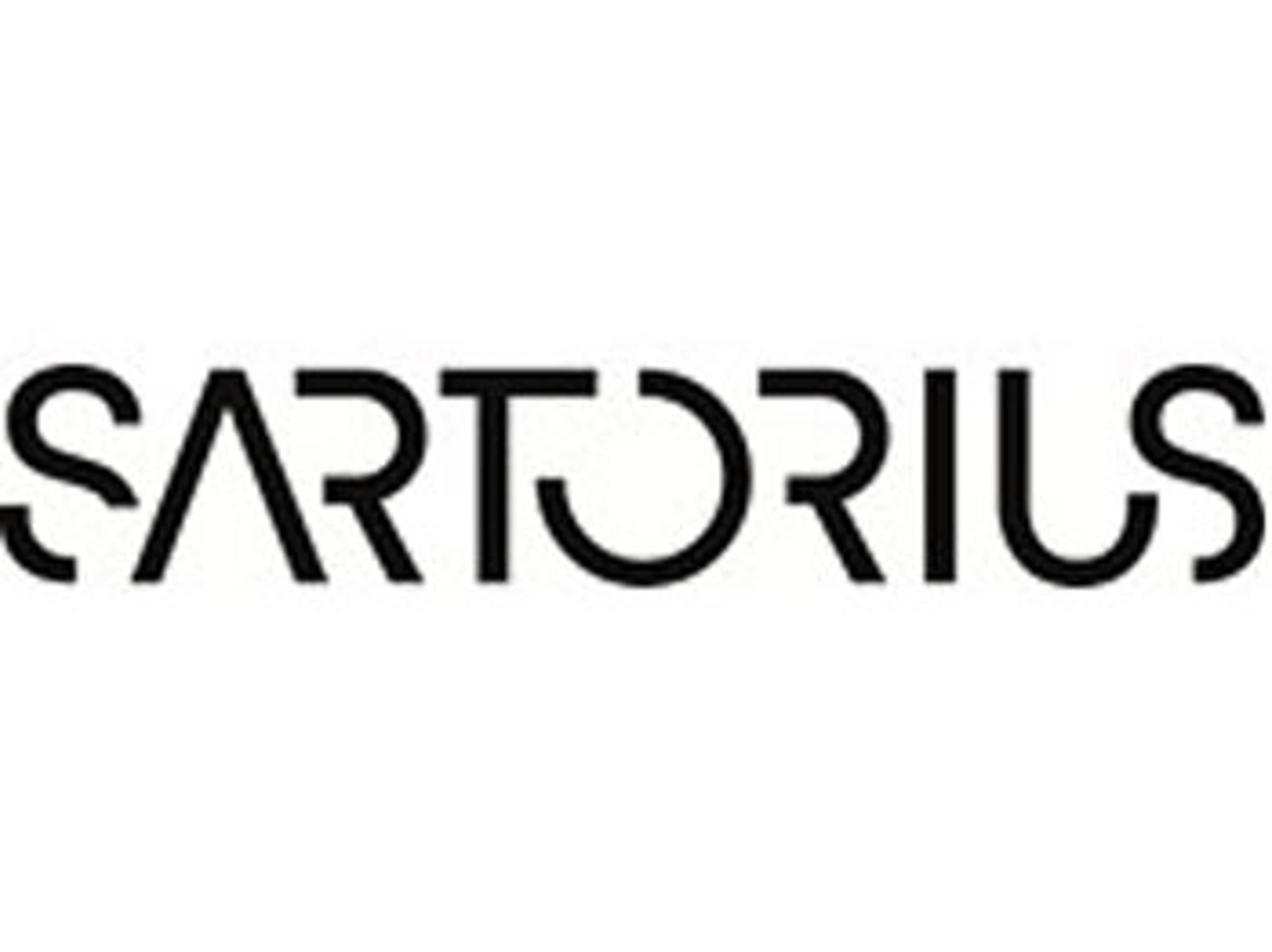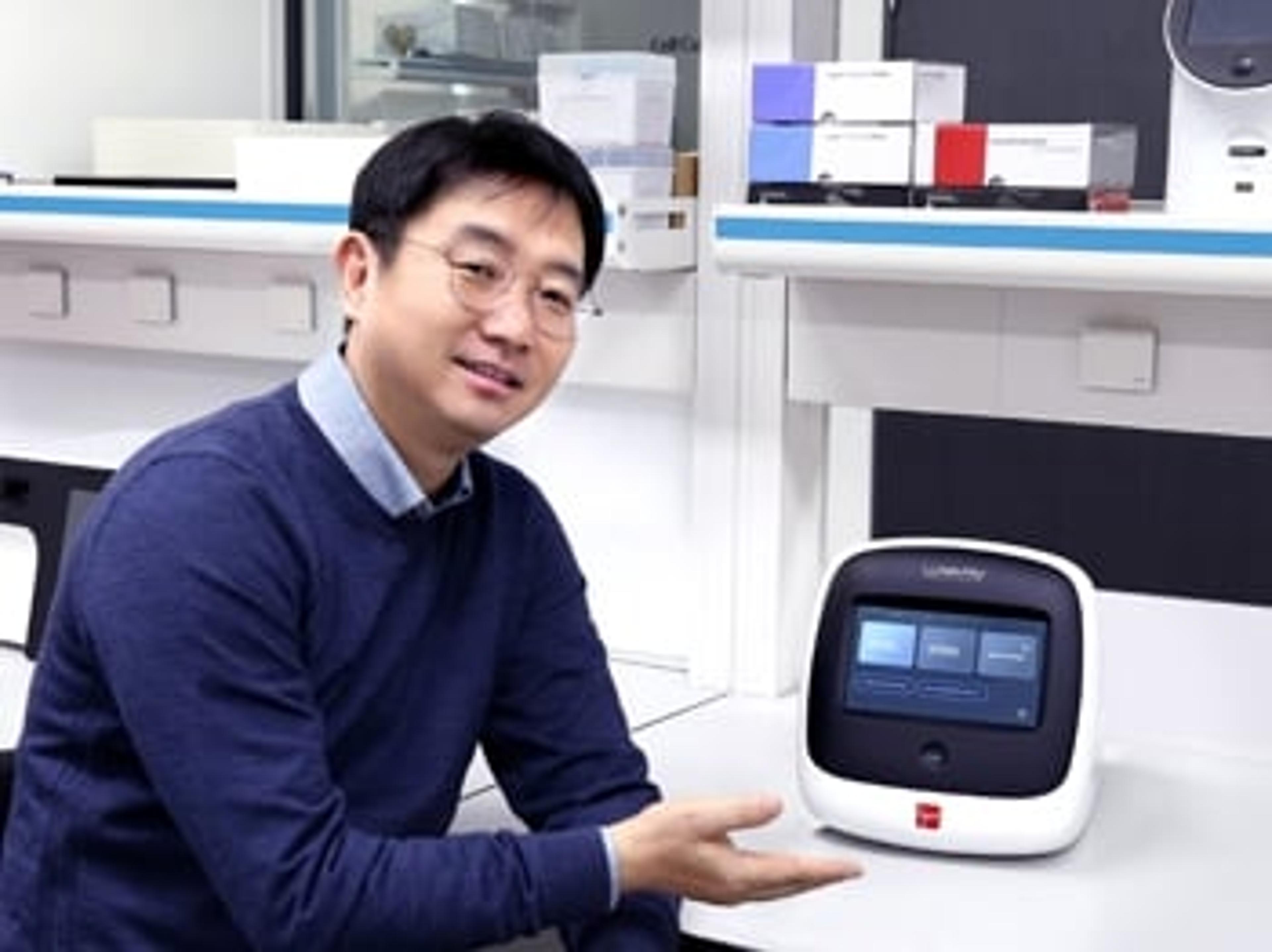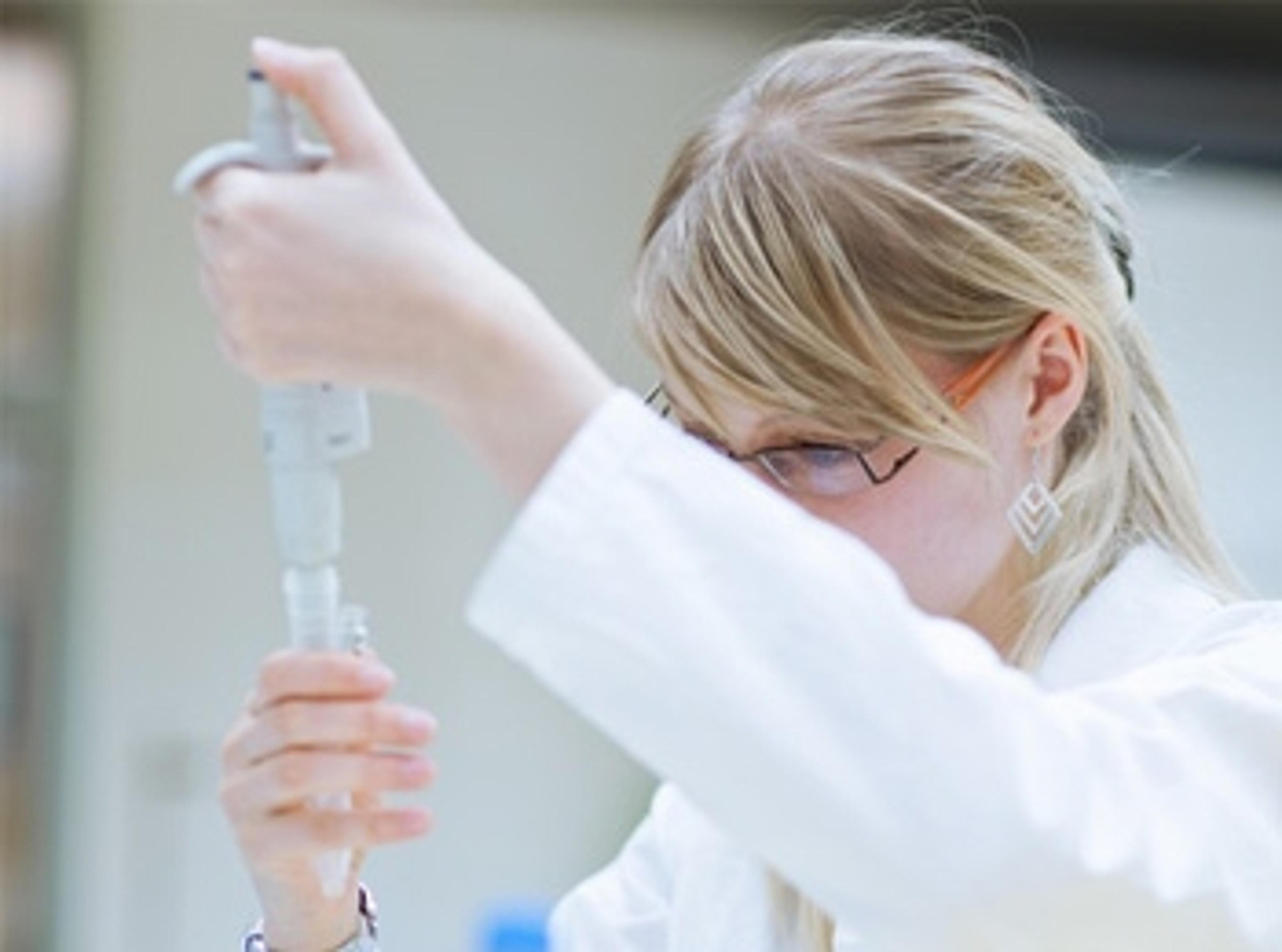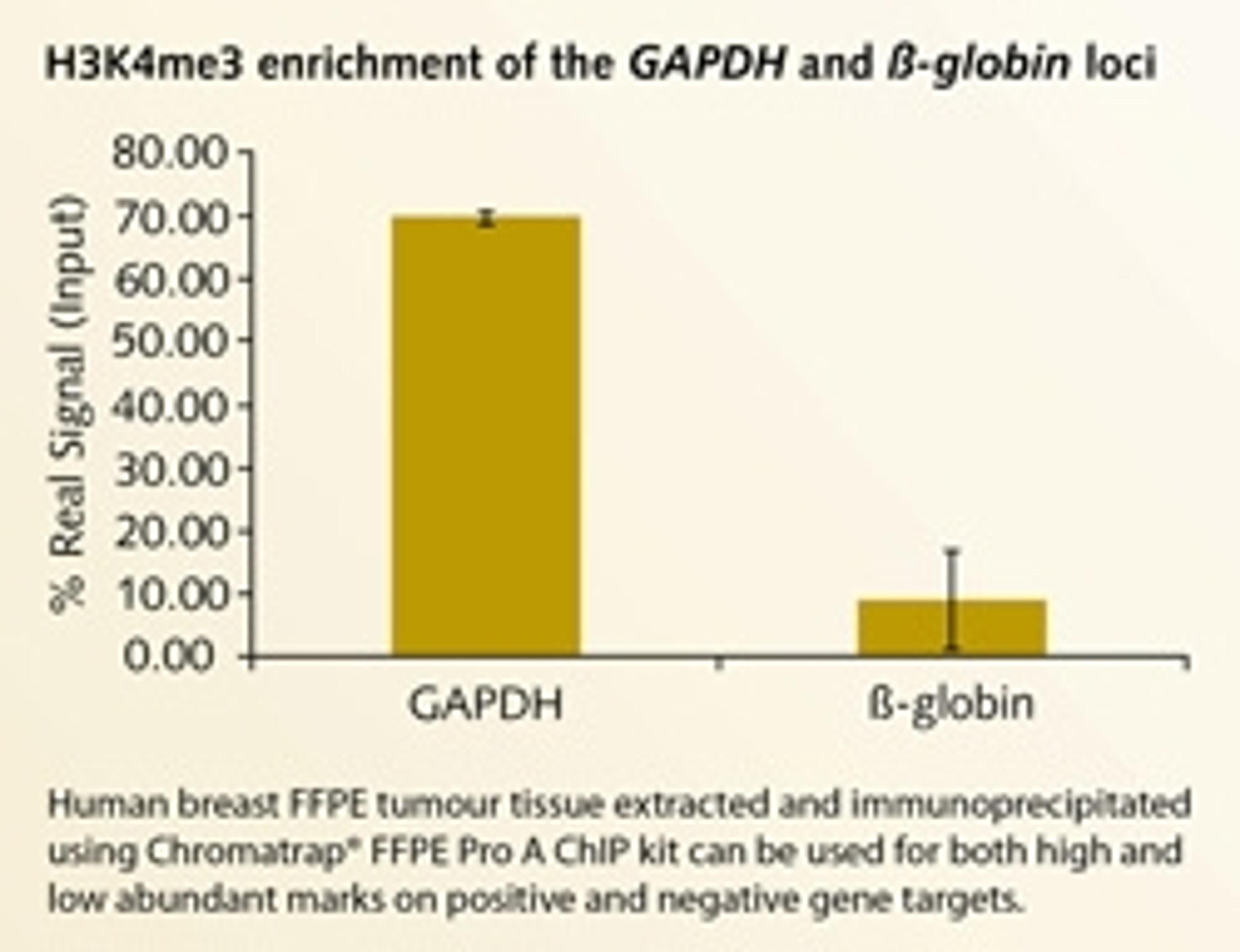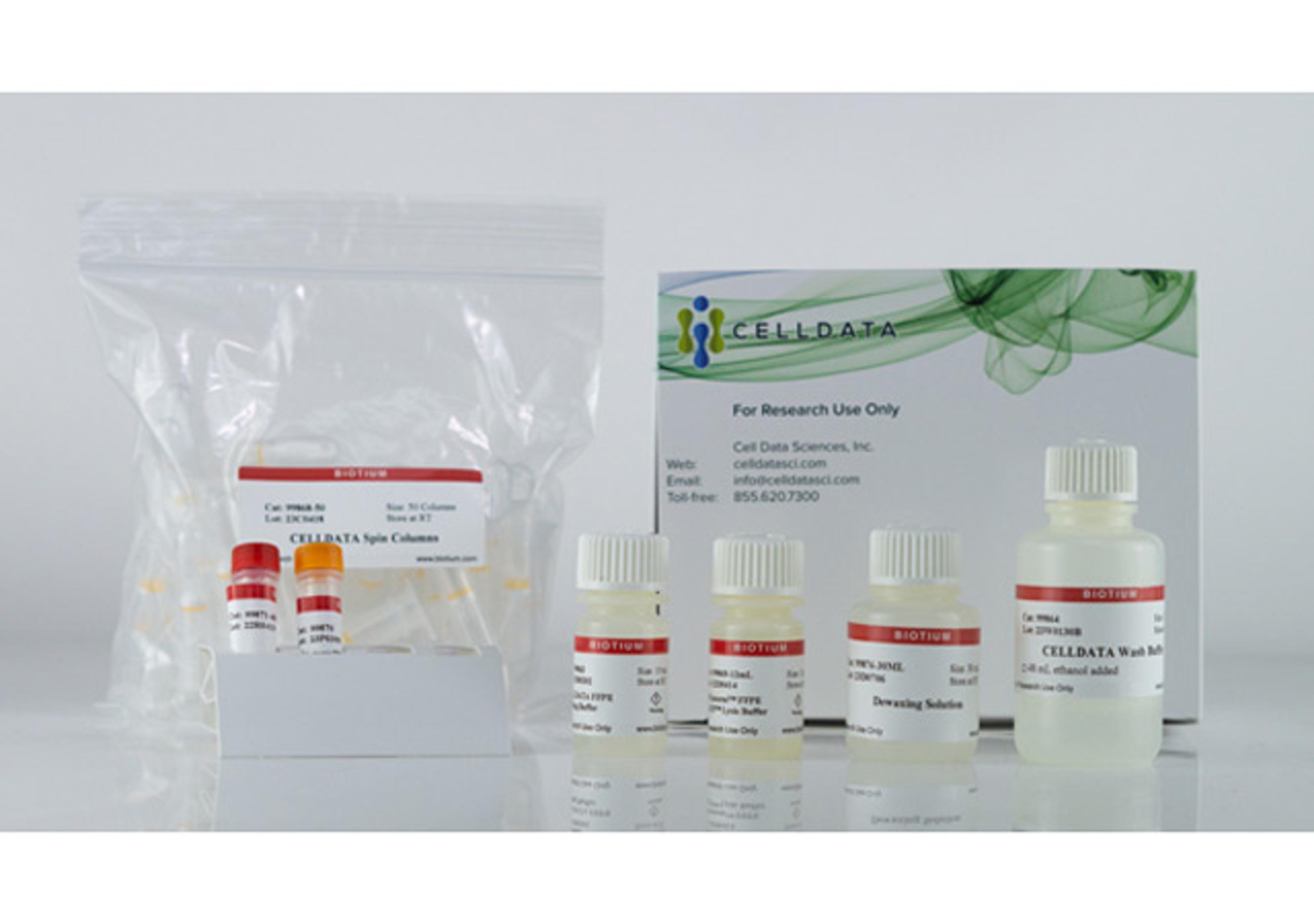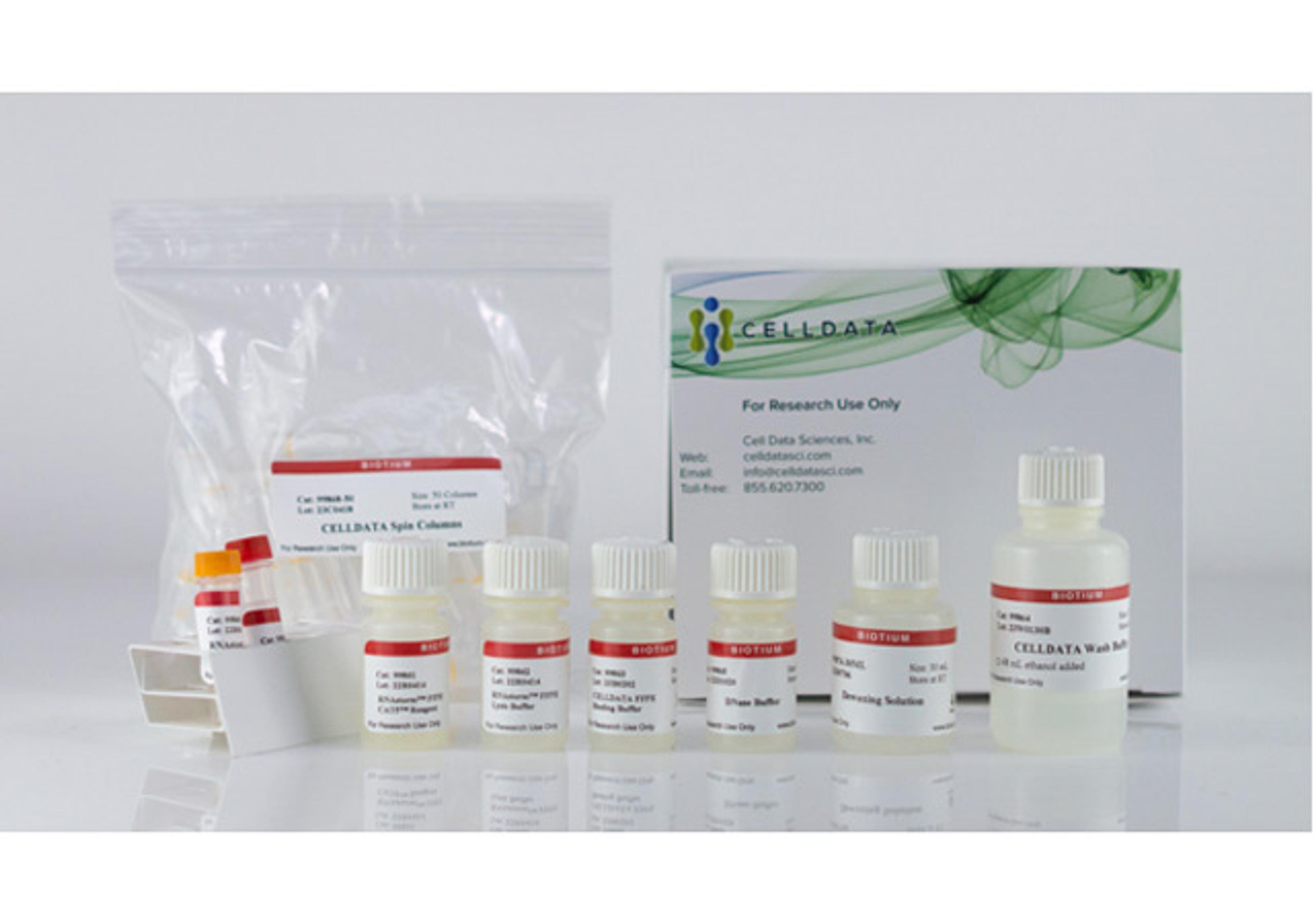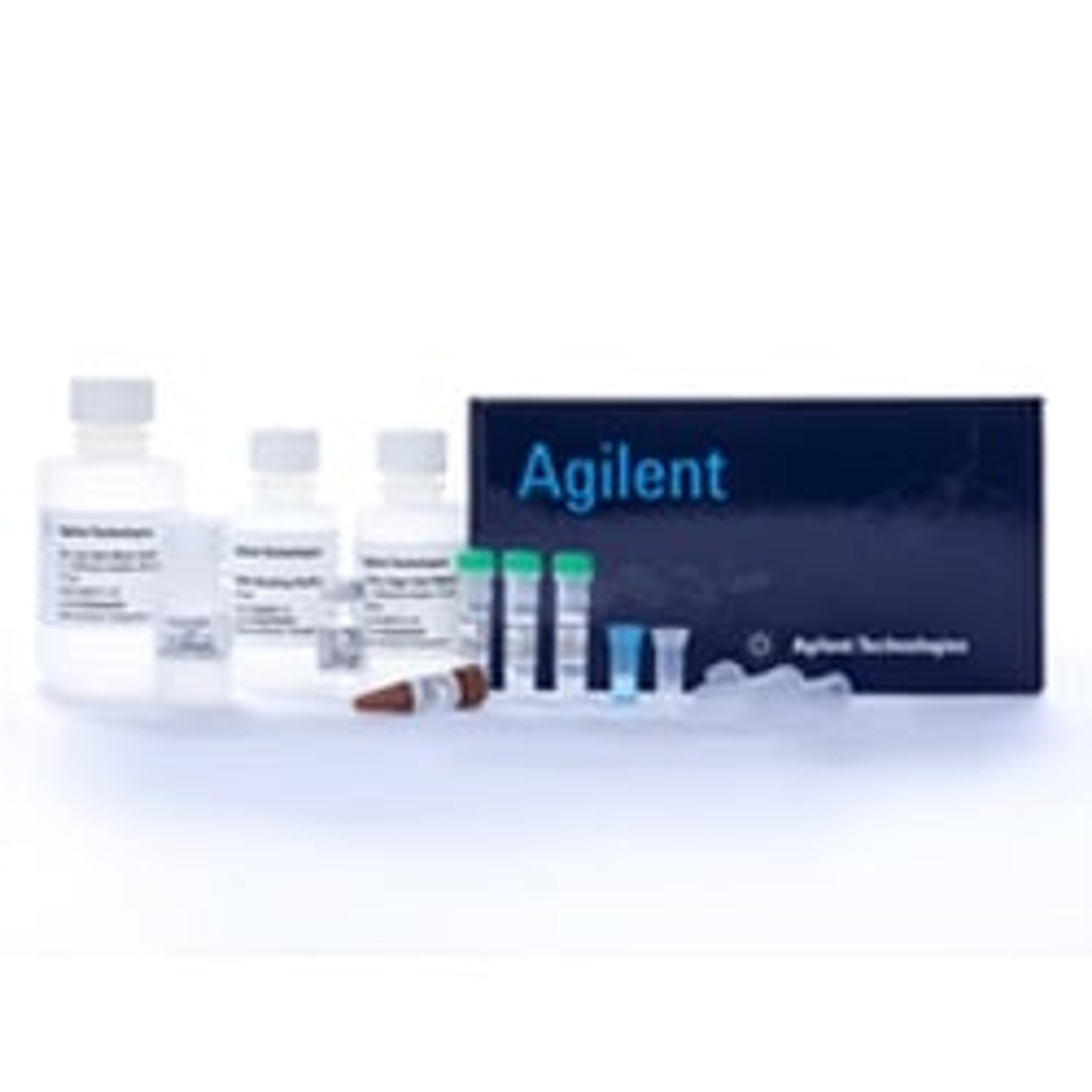Search results for "ffpe challenges"
Selected Filters:
2020: A year of clinical research change, challenge, and champions
The development of robust cell-based assays for gene therapy: Behind the scenes at Novartis
Learn about the key considerations and challenges with developing cell-based assays that represent the functionality and safety of gene therapy products
COVID-19 variants and the flu season: How diagnostics providers are racing against unknowns
Dr. Tania Nolan reveals the challenges of flu season uncertainty amid the COVID-19 pandemic and where combo testing could fit in
Expanding the flow cytometry toolkit with next-generation polymer dyes
Guest editorial: Brice Ezzouaouy, Senior Product Manager, Beckman Coulter Life Sciences, outlines the challenges of dimly expressed markers and presents a solution
CosMx™ SMI - Spatial Multiomics Single-Cell Imaging Platform
Bruker Spatial BiologyThe CosMx Spatial Molecular Imager is an FFPE-compatible, single-cell imaging solution that enables researchers to investigate intact tissues through the power of spatial multiomics.
Lumin Purge and Trap Concentrator
Teledyne LabsTekmar's Lumin Purge and Trap Concentrator (PTC) is a sample preparation instrument used to remove Volatile Organic Compounds (VOCs) out of aqueous and solid sample types using Helium or Nitrogen. The VOCs are deposited onto a sorbent trap which is then heated to release the VOCs into a Gas Chromatograph (GC) system. This technique is standard for many EPA Methodologies as well as analytical options where concentration of V…
Upcoming webinars to aid your work
Discover the latest tools and techniques to expand your research capacity with expert-led presentations on spectroscopy, microbial profiling, dissolution challenges, and more
Collaborative excellence: Industry giants join forces to dominate the perfume industry
Givaudan expert shares the challenges faced in the competitive world of perfumery, and reveals how to meet the growing global demand for fragrancies
Overcoming hurdles in the plastic circular economy
Watch this on-demand webinar to explore the challenges of the plastic waste industry and the importance of complying with plastic packaging legislation
Meeting good manufacturing practice guidelines for cell and gene therapy products: Why your equipment matters
Discover the most common challenges faced when implementing new equipment in your manufacturing workflow and what to look for when choosing new equipment
Flow cytometry: New tools to enhance accuracy and limit non-specific staining
Vishal Gehlot, Senior Development Scientist at Beckman Coulter Life Sciences, outlines key flow cytometry challenges faced by researchers and solutions to overcome them
Tools for chromatographic success: Ensuring data quality in routine analysis
Hear from the experts about how the new Waters Arc HPLC System easily addresses the challenges of pharma analysis, quality assurance, and compliance
Understanding pain mechanisms: RNA expression analysis of peripheral nervous system tissue
Learn about the technical aspects and challenges to using RNAscope technology for RNA expression analysis on rodent and human dorsal root ganglion (DRG)
White Paper: Advanced flow cytometry – Rapid analysis for complex cell-based models
Download this white paper from Sartorius to find out how advanced flow cytometry addresses the challenges and demands of modern drug discovery pipelines
Are cell counting issues affecting your experimental success?
Logos Biosystems CEO, Neon Jung, explores how existing cell counting challenges can be addressed everywhere, from small academic research to large pharma industries
Webinar Highlights: Comparative Analysis of FFPE-derived RNA
Learn more about how RNA quality can affect your sequencing results in this on-demand webinar
Highly Efficient ChIP Assay Kit for FFPE Samples
Cancer Immunology: Capturing Immune Status in FFPE Sections
Affymetrix Launches New OncoScan™ FFPE Assay Kit
CELLDATA DNAstorm™ 2.0 FFPE DNA Extraction Kit
BiotiumSuperior DNA extraction from FFPE samples, due to the enhanced removal of formaldehyde-induced damage, providing DNA with higher yield and quality and greater amplifiability.
CELLDATA RNAstorm™ 2.0 FFPE RNA Extraction Kit
BiotiumSuperior RNA extraction from FFPE (paraffin) tissue sections with 3 to 30-fold increase in yield, and 2-fold increase in DV200 (RNA longer than 200 nucleotides) compared to other methods.
Absolutely RNA FFPE Kit (w/o Deparaffinization Reagents)
Agilent TechnologiesAgilent’s Absolutely RNA Product portfolio makes RNA purification from tissue and cell samples easy and fast. Absolutely RNA kits include all the reagents you need for DNA-free total RNA, and miRNA isolation with no additional purchase of DNase required. No heating, no long centrifugation, and no repurification is required. Each absolutely RNA purification kit has been optimized for a specific range of sample sizes and elutio…

